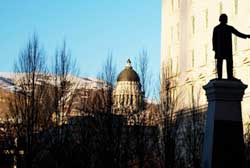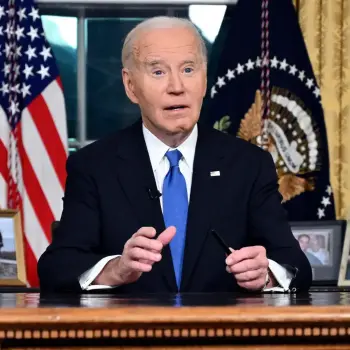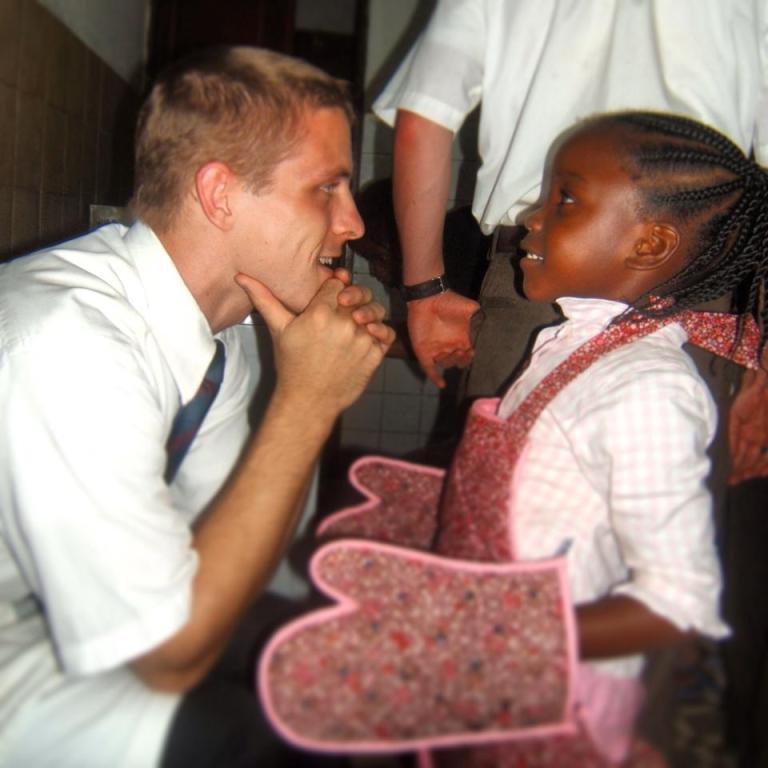By Philip Barlow
The following remarks were given at the University of Utah on September 8, 2009, as part of a conversation on the intersection between the study of Mormonism and the liberal arts. The University of Utah recently added a minor in religious studies. Utah State University, where Prof. Barlow teaches, remains the only college or university in the state that offers a major in religious studies.
 Mormon studies in the liberal arts invites consideration in two domains I'd like to touch on. One is conceptual and theoretical. The other is political and social.
Mormon studies in the liberal arts invites consideration in two domains I'd like to touch on. One is conceptual and theoretical. The other is political and social.
When I departed my Utah homeland decades ago for Boston to study religion, I intended to study everything but Mormonism, which I thought I understood. Over the years, as I considered the sources by which scholars drew their examples and conclusions, however, it dawned on me that my homeland was a rare goldmine of resources for the study of religion.
After graduate school, as I moved about the country, talking, teaching, and continuing to learn about religion, I was increasingly fascinated by the absence of a programmatic course of study in Utah's secular colleges and universities. For several years, I spent time making hundreds of maps of aspects of religion in America. Had I thought to, I could have made one showing the locations of programs of religious studies in the nation, thereby demonstrating a large and prominent Gap in the Rocky Mountains.
It's a mark of the maturing of the culture that this is changing. And I mean both the religious and the secular culture. I congratulate the University of Utah for contributing to this change, and for its achieving the establishment of a formal "Minor" in Religious Studies for students and the beginnings of a wider place for the academic study of religion on campus and in the state. This step of progress has, I know, been hard won.
Schools may of course offer pre-professional training in, for example, engineering or medicine or computer science. But at the core of a genuine university is the liberal arts. And it is useful to remember that the disciplines that comprise these arts are artificial and evolving. They are inventions: more or less useful tools and procedures. If one asks a student what these tools and procedures are for, one may hear that the liberal arts "make us into well-rounded people." Or, among the more schooled, that the liberal arts foster competent citizenship.
Behind such responses, however, lurks a more basic question. This question doesn't always get conveyed in an explicit way to undergraduates. (Because of poor teaching? Or over-specialization among the faculty? Or students' eagerness for certification and employment rather than a liberal education?) Perhaps the question is not always discerned even by those who teach the undergraduates. In any case, the question can be structured something like this: What does it mean to be human? How have diverse societies gone about it across time? How shall we? What is the nature of the physical and biological universe in which we are making our way?
One would think it self-evident that the study of religion fits easily within this project. Religion, it might be argued, is the most obvious of laboratories for our consideration, where individuals and organizations pursue what it means to be human in distilled, compressed, and intentional ways. Religion is either the most powerfully motivating and directional force on the planet, or it shares that honor with money and other forms of power. In a post-September 11th world, and in an era when religion unmistakably influences American politics, it seems hard to ignore religion altogether, and perhaps that helps account for the recent sea change in Utah's universities.
However, the fact that religion is often treated superficially, if at all, in addressing this ultimate question behind the liberal arts may have other causes, one local and another more widely shared.
Garrison Keillor can charm a radio audience on any given Saturday by recounting narratives of the mythical town of Lake Wobegon. In considerable measure the humor depends upon the idea that, as Keillor once said explicitly: "Everyone in Minnesota is Lutheran - whether they are Lutheran or not." This is decidedly not so of Mormons and Utah. Everyone in Utah is not Mormon, and those who are, and those who are not, tend to be highly conscious of the distinction.




